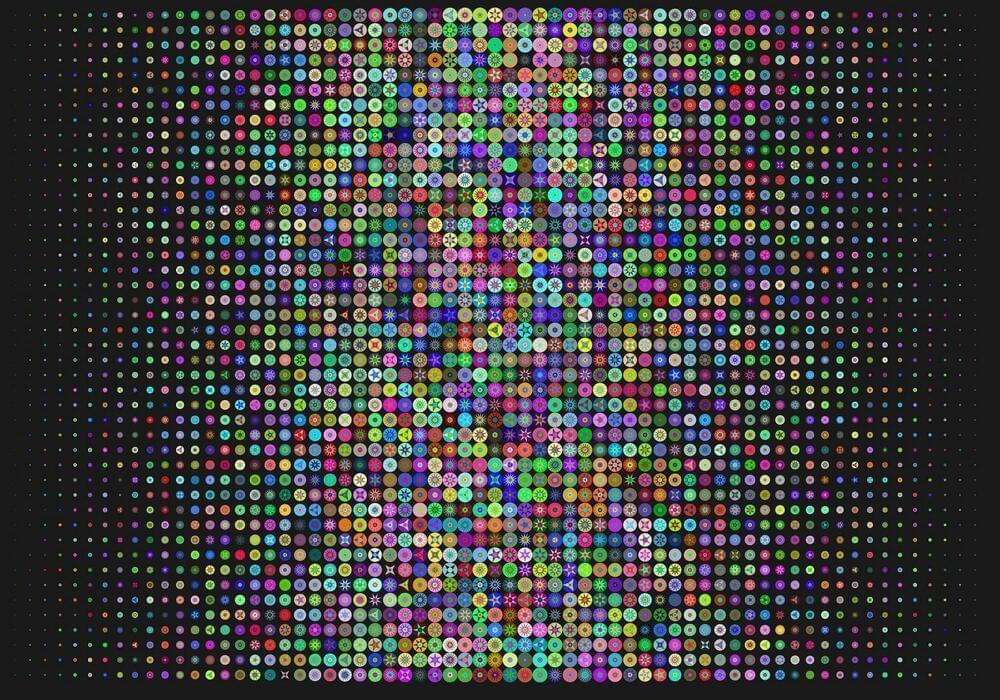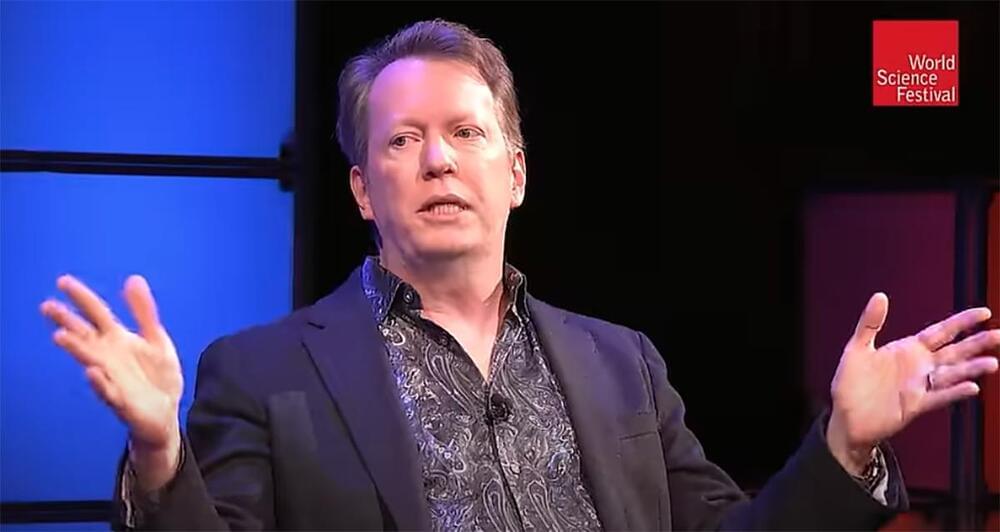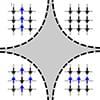A study from Japan published in the International Journal of Computer Aided Engineering and Technology reveals a way to optimize the composition of functionally graded materials (FGMs). FGMs are advanced composite materials with a gradual variation in composition and properties across their volume, designed to optimize performance under specific loading conditions.
Category: information science – Page 39
Scientists pitted OpenAI and Meta chatbots against over 1,900 humans. The algorithms bested participants in areas like the detection of irony and faux pas.
Sean Carroll, a physicist at Johns Hopkins University, spoke at the Bell House in Brooklyn, New York, in an event presented by New York City’s Secret Science Club. He talked about quantum field theory, which is now considered the definitive explanation of what reality is made of. So, pretty important stuff.
His new book The Biggest Ideas in the Universe: Quanta and Fields was released this week. It’s the second in a three-book series in which he goes through the important ideas of Physics for non-academics, but actually using and carefully explaining the equations that physicists use.
“Neuralink to implant 2nd human with brain chip as 85% of threads retract. Neuralink’s first patient, 29-year-old Noland Arbaugh, opened up about the roller-coaster experience. ” I was on such a high and then to be brought down that low. It was very, very hard,” Arbaugh said. ” I cried.” What a disaster!
Algorithm tweaks made up for the loss, and Neuralink thinks it has fix for next patient.
In 2006, Feifei Li aimed to address the limitations of AI algorithms, which were hampered by small, non-diverse datasets.
And the unbending faith! A behind-the-scenes look at the unlikely ingredients that fueled the 2000s AI boom.
ChargePoint’s (NYSE: CHPT) new Megawatt Charging System for commercial electric trucks is capable of dispensing enough energy to power around 1,000 homes.
Hossein Kazemi, ChargePoint’s CTO for hardware, said, “Megawatt charging solves one-half of the electrification equation for trucking. The companies developing electric trucks can now leverage this infrastructure to test and enable their vehicles until they meet – or even exceed – the distances covered by internal combustion trucks.”
The Megawatt Charging System cable and connector will be available on ChargePoint’s Power Link 2000 stations, part of its modular Express Plus DC fast charging platform.
To be clear, humans are not the pinnacle of evolution. We are confronted with difficult choices and cannot sustain our current trajectory. No rational person can expect the human population to continue its parabolic growth of the last 200 years, along with an ever-increasing rate of natural resource extraction. This is socio-economically unsustainable. While space colonization might offer temporary relief, it won’t resolve the underlying issues. If we are to preserve our blue planet and ensure the survival and flourishing of our human-machine civilization, humans must merge with synthetic intelligence, transcend our biological limitations, and eventually evolve into superintelligent beings, independent of material substrates—advanced informational beings, or ‘infomorphs.’ In time, we will shed the human condition and upload humanity into a meticulously engineered inner cosmos of our own creation.
Much like the origin of the Universe, the nature of consciousness may appear to be a philosophical enigma that remains perpetually elusive within the current scientific paradigm. However, I emphasize the term “current.” These issues are not beyond the reach of alternative investigative methods, ones that the next scientific paradigm will inevitably incorporate with the arrival of Artificial Superintelligence.
The era of traditional, human-centric theoretical modeling and problem-solving—developing hypotheses, uncovering principles, and validating them through deduction, logic, and repeatable experimentation—may be nearing the end. A confluence of factors—Big Data, algorithms, and computational resources—are steering us towards a new type of discovery, one that transcends the limitations of human-like logic and decision-making— the one driven solely by AI superintelligence, nestled in quantum neo-empiricism and a fluidity of solutions. These novel scientific methodologies may encompass, but are not limited to, computing supercomplex abstractions, creating simulated realities, and manipulating matter-energy and the space-time continuum itself.
Musk’s plan to use Chinese data to train algorithms aligns with the country’s ambitions to lead in autonomous driving technologies.
If you use the web for more than just browsing (that’s pretty much everyone), chances are you’ve had your fair share of “CAPTCHA rage,” the frustration stemming from trying to discern a marginally legible string of letters aimed at verifying that you are a human. CAPTCHA, which stands for “Completely Automated Public Turing test to tell Computers and Humans Apart,” was introduced to the Internet a decade ago and has seen widespread adoption in various forms — whether using letters, sounds, math equations, or images — even as complaints about their use continue.
A large-scale Stanford study a few years ago concluded that “CAPTCHAs are often difficult for humans.” It has also been reported that around 1 in 5 visitors will leave a website rather than complete a CAPTCHA.
A longstanding belief is that the inconvenience of using CAPTCHAs is the price we all pay for having secured websites. But there’s no escaping that CAPTCHAs are becoming harder for humans and easier for artificial intelligence programs to solve.
Researchers at the University of Basel have developed a new method for calculating phase diagrams of physical systems that works similarly to ChatGPT. This artificial intelligence could even automate scientific experiments in the future.
A year and a half ago, ChatGPT was released, and ever since, there has been hardly anything that cannot be created with this new form of artificial intelligence: texts, images, videos, and even music. ChatGPT is based on so-called generative models, which, using a complex algorithm, can create something entirely new from known information.
A research team led by Professor Christoph Bruder at the University of Basel, together with colleagues at the Massachusetts Institute of Technology (MIT) in Boston, have now used a similar method to calculate phase diagrams of physical systems.









